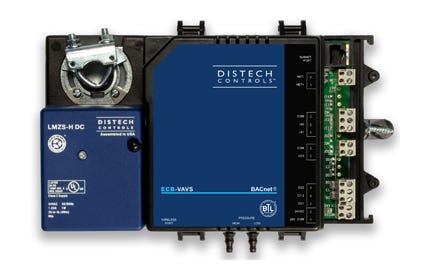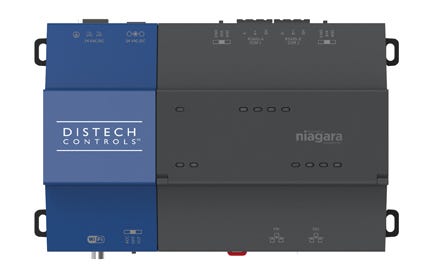Nowadays, many people use HVAC automation controls because they are good with technology. HVAC systems make indoor places like homes, offices, hospitals, and factories comfortable. We can enhance their efficiency, comfort, and overall functioning by incorporating automatic controls into heating, ventilation, and air conditioning systems.

Superior Energy Efficiency
One of the key advantages of employing HVAC automation controls is that energy efficiency increases. The HVAC system always runs at its best thanks to these controls, which allow for accurate monitoring and modulation of temperature, humidity, airflow, and ventilation.
Automation controls can reduce wasteful energy and utility costs by changing settings in response to occupancy patterns and outside circumstances. They can, for instance, automatically change temperature setpoints when a room is empty or alter airflow based on occupancy levels, eliminating energy waste and boosting efficiency.
Improved comfort and air quality
HVAC automation controls are crucial for the highest levels of comfort and indoor air quality. These controls allow for exact temperature and humidity management, delivering inhabitants a stable and comfortable atmosphere.
Advanced controls may also monitor and alter ventilation rates, filter performance, and air distribution to effectively remove pollutants and allergens from the indoor air. This leads to enhanced indoor air quality, lowering the risk of respiratory conditions and improving general occupant well-being.
Remote Supervision and Control
Remote monitoring and control capabilities are substantially improved with HVAC automation controls. Building owners and facility managers have 24/7 access to real-time information, system status, and performance indicators.

This makes it possible for them to diagnose faults remotely, identify concerns proactively, and make adjustments, which minimizes the need for on-site visits and improves maintenance operations. Additionally, remote monitoring makes it easier to apply preventative maintenance measures, reducing the likelihood of expensive equipment failures and extending the lifespan of HVAC systems.
Best features of HVAC Automation Controls
Any HVAC solution’s brains are networkable controls. You can control and monitor every aspect of the HVAC environment with this centralized system, from defects and outages to equipment optimization. Your environment may be sustainable, effective, and resilient if the proper HVAC automation controls are implemented.
The modular and extensible nature of HVAC automation controls enables the system to develop as required, with devices perfect for anything from rooftop units to heat pumps, fan coils, chilled beam applications, and more. Networkable controllers can provide building comprehensive coverage using wireless technology. Systems intended to be easy to implement and manage can offer you high uptime without requiring a significant infusion of new skills into the organization.
Conclusion
Using HVAC automation controls brings numerous benefits to residential and commercial buildings. The integrated HVAC automation controllers that ControlStore offers proudly aim to satisfy its customers’ needs. As they prioritize energy conservation and occupant comfort, their HVAC automation controls are increasingly vital in creating sustainable, efficient, and comfortable indoor environments.

No comments yet